





- October 09, 2024
- 127 Views
Nowadays, the digital presence has revolutionized business dynamics. App development is not just evolving but breaking traditional barriers and emerging as strong and progressive solutions. With robust technological advancement at a breakneck speed, the growth in this industry is flying above the sky. However, the line between on-demand and delivery apps sometimes fades away, making it difficult to identify their significant differences. If you are also facing this dilemma, don’t let it be. This blog will discuss these applications, their similarities, and what factors make them distinct.
What is the main difference between these two types of applications? The answer is straightforward: On-demand applications provide quick services, typically within ten minutes to a few hours. Delivery applications usually take two or three days to deliver the product. Another key difference is that on-demand mobile applications are designed to deliver products directly from the store to the consumer. On the other hand, delivery applications follow a more extended process that moves from the sender to a warehouse, then to a retailer, to logistics for distribution to delivery partners, and finally to the receiver.
If you’re a business owner considering investing in app development services, reconsider it and understand the market dynamics first. Two major categories are being transformed and challenging our traditional shopping methods and accessing services, making it a progressive business idea to serve consumers on a door-to-door basis.
So, let’s begin by asking some basic questions and gradually delve deeper into understanding application development services.
-
Table of Contents
-
- 1. What Do We Understand by On-Demand Applications?
- 2. What Do We Understand by Delivery Applications?
- 3. What Are the Key Differences between the On-demand apps and delivery apps?
- 4. Which Type of Application is required for the businesses?
- 5. Partnering With the Right Development Company
- 6. Conclusion
-
What Do We Understand by On-Demand Applications?
On-demand apps provide platforms that connect users with services and products instantly. They work on a pay-as-you-go model, where consumers get the product based on their immediate needs. These apps cater to various industries, including food delivery, transportation, healthcare, and home services.
Trending examples of On-Demand Apps Are:
- Uber: This provides on-demand transportation services.
- Airbnb: It extensively offers on-demand accommodations.
- TaskRabbit: It connects users with freelancers for on-demand home services.
What are the Key Features of On-Demand Applications?
Excellent Communication Channels: If you’ve ordered something from an on-demand mobile application like DoorDash or others, you may wonder how fast their response to your queries would be. These advanced functionalities bridge the gap between consumers and delivery partners and instantly build trust among their customers.
Real-Time Tracking: You may wonder, but if you know where your delivery partner is and how long it may take to come to your location, it will be easier to manage your time accordingly.
Quick-Service: This is the evident key feature. If you have two applications installed, Amazon and Zepto, and you require something to gift someone instantly, I don’t think Amazon will even come to mind. That would be BlinkIt or Zepto, which serves instantly. This pushes the market value and how smartly you serve your long-term consumers.
Creative Push-Notifications: Once the on-demand application is downloaded, you will receive push notifications about their offerings, discounts, and other relaxations, unconsciously forcing you to purchase from them.
What Do We Understand by Delivery Applications?
Delivery apps are integral to on-demand apps specially crafted to facilitate the grievance-free delivery of goods within a specific time frame. These are primarily associated with retail, pharmaceutics, eCommerce, and more.
Trending examples of Delivery Apps Are:
- DHL: This application provides parcel drop-off and pick-up services and allows you to track your deliveries from your smart devices.
- Amazon: This e-commerce platform brings a supermarket right to your smartphone.
What are the Key Features of Delivery Applications?
Order Management: Once you have placed an order, it's completely the responsibility of the delivery partner and shopkeeper to provide your order on time and keep track of the location of the delivery partners. It keeps you aware of your product and updates you on which shop you purchased it.
Logistics Integration: Our delivery app development services integrate advanced logistics systems to bring accountability and transparency into the business. These systems optimize delivery routes, ensure timely deliveries, and help maintain high consumer satisfaction ratings.
Multiple Payment Options: These delivery options offer various payment options, including credit card, debit card, COD, and more. Numerous payment options enable audiences to pick the most suitable option and drive more traffic to your website.
24x7 Hour Availability: Delivery applications are open 24/7. You can order anytime, from anywhere. These applications have grown to an outstanding user base by serving consumer pain points and driving more traffic across countries.
What Are the Key Differences between the On-demand apps and delivery apps?
We all know that both applications' functionalities are the same at many levels but still vary. If you’re an entrepreneur expanding your businesses in this domain, this is a must-know guide to understanding even the most minor things about the market. These studies will make your research more profound, authentic, and helpful in the market.

Let’s focus on the takeaways of the on-demand vs. delivery apps closely.
Purpose and Industry Focused
On-demand apps: These applications are focused on providing On-demand services incorporating extensive industries like food, healthcare, transportation, and home services. They aim to provide instant services to align their customers with the application.
Delivery Apps: These applications are the subhead of the on-demand apps. Their motto is to deliver the goods efficiently and promptly to the users.
Exceptional User-Experience
On-Demand Apps: These applications prefer to provide goods with minimal waiting time and ensure quick access to products and services.
Delivery Apps: Focus on providing a smooth and reliable delivery experience, including real-time tracking and effective communication with the delivery partner.
Technology and Infrastructure
On-Demand Apps: These applications require explicit algorithms to match users' intent with products and services in real-time. They also need scalable infrastructure and complex algorithms to handle high consumer demand.
Delivery Apps: On the other hand, these applications rely on logistic integration, route optimization, and order management systems to ensure timely and efficient product delivery.
Refreshing Bussiness Model
On-Demand Apps: These applications run on a commission-based model, meaning the platform charges a certain fee for each transaction. Some may also charge subscription fees for advanced services.
Delivery Apps: These operate on a fee-per-delivery model, with additional charges for expedited delivery or special handling.
Which Type of Application is required for the businesses?
Brainstorming your ideas is a mandatory field before making any remarkable decisions. However, choosing between developing on-demand and delivery apps depends on your business goals, targeted audiences, and industry from where you belong. Below is a comprehensive explanation of the most preferable option for you.
Business Goals
Before delving deep into application development services, provide a clear roadmap, such as what your business is supposed to project, considering industries. For instance, transportation, healthcare, or home services are more suitable for on-demand apps, covering a wide range of audiences and making informed decisions. On the other hand, if your business is more concerned with delivering food, groceries, and retail products, then a delivery app would be the more appropriate choice.
Target Audiences
Before building a full-fledged application, try launching an MVP in the market to understand the market's traction and competitiveness and how your application can survive there and make multiple levels of profits. Also, understand the needs of your targeted audiences, whether they require an on-demand app or immediate services to meet their exceptional requirements. If the majority of the audience votes for convenience and timely delivery of products, they are served what has been asked of them in the market.
Industry Trends
Keeping industry trends in mind is as important as the rhythm of the song, as it helps to engage consumers and keep them loyal to you. For instance, the retail industry has significantly shifted towards delivery apps, making them lucrative business opportunities. Conversely, food industries rely on on-demand app development services to facilitate their operations in the market. Therefore, studying these trends makes sense before entering the market thoroughly.
Partnering With the Right Development Company
When you develop a specific app, whether on-demand or delivery, partnering with the right development company becomes necessary. A reputable on-demand app development company will help you navigate the complexities and challenges of developing an extensive application. These companies ensure that your app meets industry standards and user expectations.
CodeAegis is an on-demand and delivery app development company with skilled developers and designers who work closely to meet the end goals and create a robust, user-friendly, responsive app that aligns with your business goals.
So, if you’re here to build a comprehensive on-demand service platform, you’re knocking at the right door. We have got the expertise to give your vision lucrative wings.
Conclusion
In a nutshell, on-demand mobile and delivery apps are essential tools in this digital era, serving highly competitive demands with unique purposes. However, by understanding the difference between these different types of applications, their USPs, and their ability to cater to different user needs, it becomes easier to resolve real-world problems. Based on your business requirements, whomever you choose, in both cases, you must partner with a reliable app development companylike CodeAegis that ensures your app’s success in the global competitive market.
About Author
You May Also Like

When it comes to mobile app development, one of the most important things you need to consider is the prototyping process. This will allow you to create a working model of your app so that you can tes
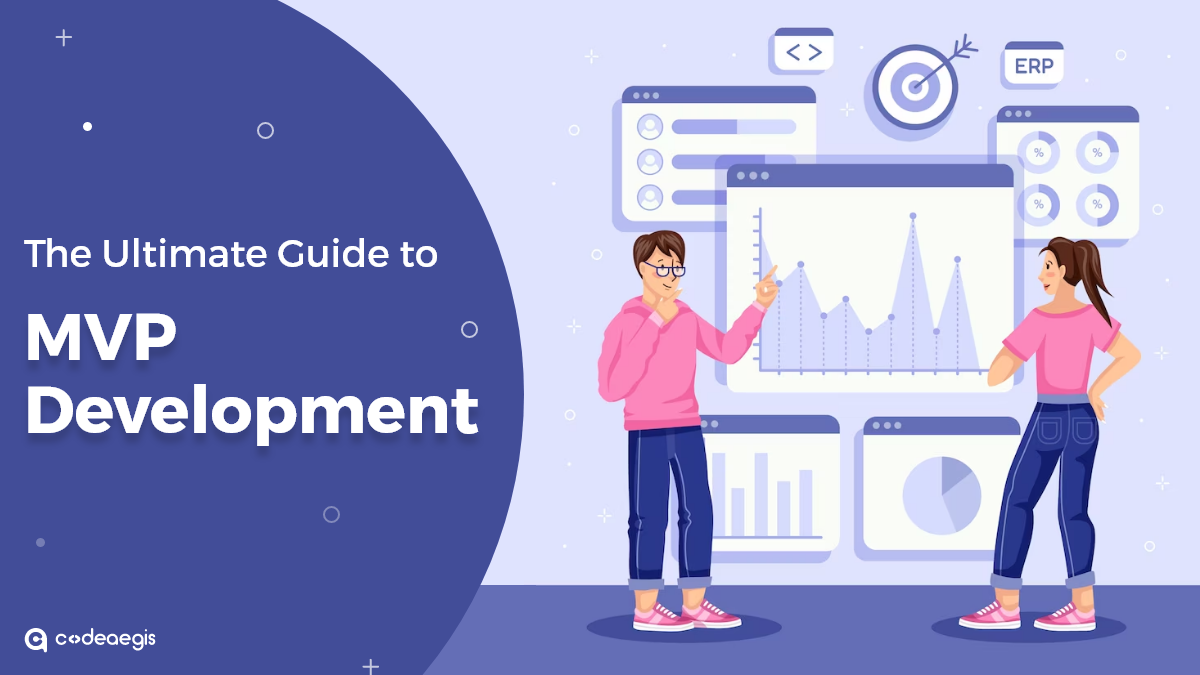
As the world of startups becomes increasingly competitive, building an MVP is crucial for entrepreneurs looking to test their ideas and launch successful businesses. By creating a minimum viable produ

As we head into the future, more and more people are looking to find ways to improve their healthcare. And with good reason - healthcare can be expensive, and it can be difficult to get the right care
Have you ever felt like you’ve attracted 30% more consumers to your shopping sales by using a technical hack to revive your shops? It would work like a person was crossing through next to your

Want to establish a new business or improve an existing one? You should consider using blockchain technology Being a distributed database, Blockchain allows for secure online transactions. This techn

An extensive background working in Tech, Travel, and Education Industries. Currently involved in entire business operations process: Benefits strategy and implementation, systems integration, Human Re

Are you looking to design a mobile app in 2025? Mobile application development is an ever-changing field, and it can be hard to keep up with the latest trends and best practices. But with this guide,

DeFi is a new kind of investment that’s taking the world by storm. So what is it? Essentially, DeFi is a digital asset class that allows you to invest in cryptocurrencies and other digital asset
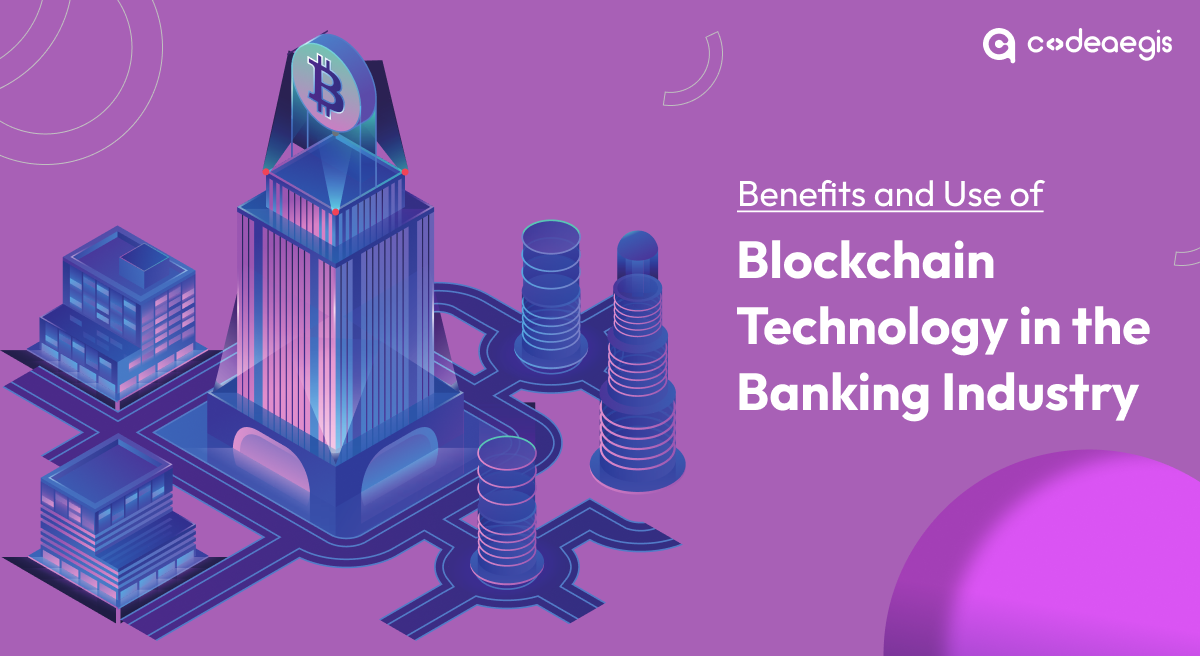
Picture this: a world where traditional banking transforms into a cutting-edge, efficient, and transparent system that leaves everyone in awe. Blockchain, often met with skepticism and uncertainty, is

Prime Minister Narendra Modi eventually launched 5G in India at the 6th edition of the IMC (India Mobile Congress). Reliance Jio and other telecom organizations documented the various use cases of 5G

Google released Android 13 beta 4 to the public, and with it comes a slew of new features and updates. In this article, we'll walk you through everything you need to know about the latest version of A

Blockchain technology and web development are two powerful innovations that have the potential to transform our world. While they may appear distinct, they share similarities and can work together to

Over-the-top (OTT) platforms like Disney Plus, Netflix, and Prime Video have gradually captured attention as traditional TV-watching methods have faded. Throughout the year, OTT platforms have created

Social media apps are all the rage these days. People use them to connect with friends and family, to learn about new products and services, and to stay up-to-date on the latest news. But as popular a

Mobile applications have dominated the market, helping businesses to reinforce their full potential. Not only for the rental business, but mobile apps play a critical role in establishing a solid foun
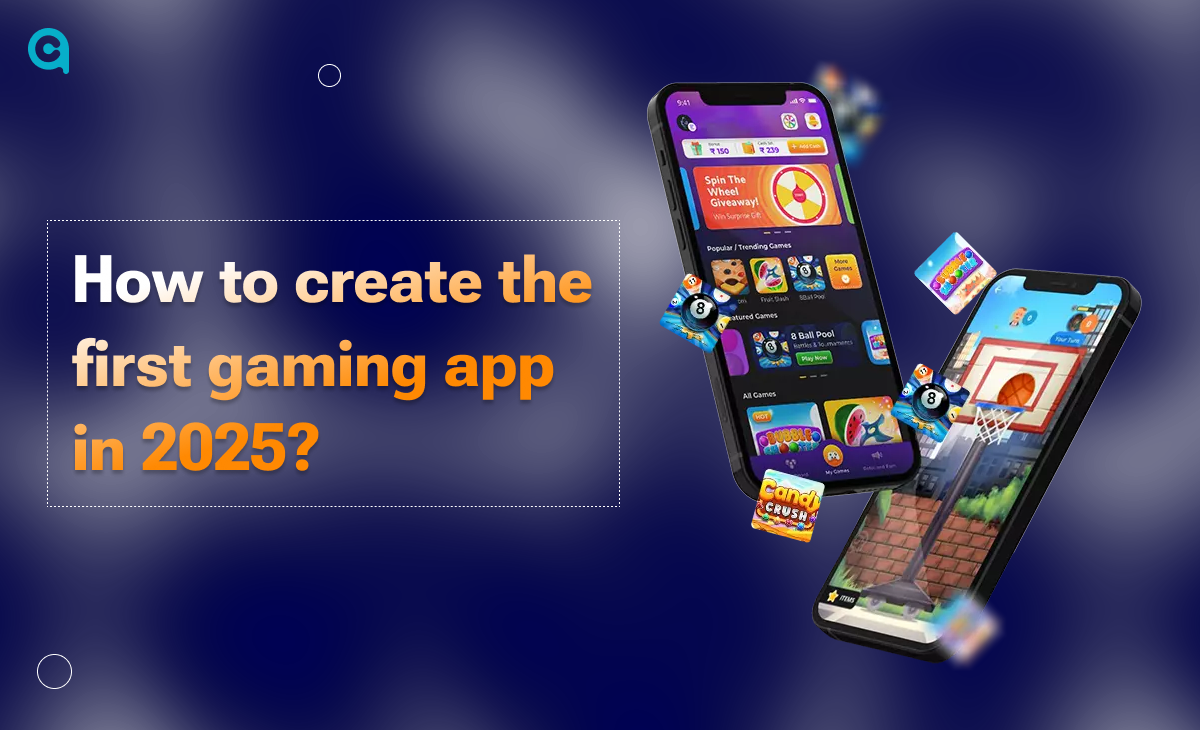
Application development is essential to fostering business efficiency while accepting new changes. Depending on the specific requirements, 85% of businesses rely on software development solutions to s

The world of gaming is rapidly evolving, and the latest buzzword is "metaverse." The term refers to a virtual world where users can interact with each other and digital objects in real time, using imm

Generative AI? Is this still a question mark to you? If you don’t know what generative AI does, that would be a fair question, but it was not if you said that you haven’t interacted with

Table of Contents 1. What is Flutter? 2. Why Choose Cross-Platform Development? 3. Why is Flutter the Best Platform to Make Cross-platform Applications? 4. How Much Does it Cost to

Nowadays, the digital presence has revolutionized business dynamics. App development is not just evolving but breaking traditional barriers and emerging as strong and progressive solutions. With robus

The gaming industry is proliferating with the advent of smartphones and PCs. Every age group, from children to adults, is well-engaged and fond of online gaming. The rapid evolution of mobile gaming a

Building an App that promotes businesses and acts as a right hand has a separate fanbase! Creating an app for the business plays a fundamental role in elevating business operations, making seamless c

With the advent of technology, the financial industry has experienced a massive transformation in the past few years. Fintech applications have revolutionized the way we manage and invest our money.

When it comes to developing an app, there's a lot to consider. Not only do you need to create a user-friendly interface and design, but you also need to make sure your app is able to meet the demands

The two hottest frameworks in the mobile app development world are Flutter and React Native. They’re both cross-platform solutions that allow you to write code once and deploy it to Android and

Blockchain technology is becoming the heart of multiple industries. It is robustly securing businesses through its core value, making it the first pick-up in the generative AIs. The blockchain is the

Are you aware that the world is going through a significant shift in the way we make payments? According to a recent report by Deloitte, the total value of digital payments worldwide is estimated to r

In today's digital world, businesses must keep up with ever-increasing consumer expectations and find new ways to engage their audience. That's where Progressive Web Apps (PWAs) come in. PWAs are a r

Sipping coffee and thinking of a startup has always been trendy. Similarly, hanging out with friends and promising them to start a business someday feels refreshing. Did you know that several success

You’ve likely heard the term “Artificial Intelligence” or AI until now—It’s 2025. But have you ever paused to consider how deeply AI has woven itself into the web of our

Rental businesses are gaining market share by offering essential services that help other businesses minimize downtime and maximize profitability. This growth trend is particularly strong in the servi

Businesses these days are looking to have an edge over their competition by having a strong online presence. A website is not enough anymore, and many companies are turning to mobile apps as a way to

The United Arab Emirates (UAE) is flourishing as the hub for blockchain technologies, transforming the digital ecosystem and having a forward-thinking government to maintain its competitive edge. Gove

Depending on what niche you’re in, video chat apps are becoming increasingly common in the world of business and technology. Whether it’s a small startup company or a multinational corpora

Businesses after COVID are going through several changes, and the food industry is no different. Restaurants that have been doing dine-in are now struggling to keep up with the demand for delivery and

Lately, the tech world has been abuzz with talk of the Metaverse, a groundbreaking concept that promises a shared virtual space where people can interact and engage with one another. This futuristic i

Will DeepSeek and ChatGPT collide in the race for AI Supremacy? DeepSeek and ChatGPT are at the center of a heated debate that tends to shape the future of AI. The real-world implications and effecti

The world is digitizing at a very rapid pace, and in such a scenario, real estate businesses must also go digital to stay ahead of the competition. One of the best ways to digitize your business is de

Can you give thought to a week without coffee breaks at cafes? It might not be possible, but earlier, having coffee outside the house was never a thing. So how the tables have changed the corners?
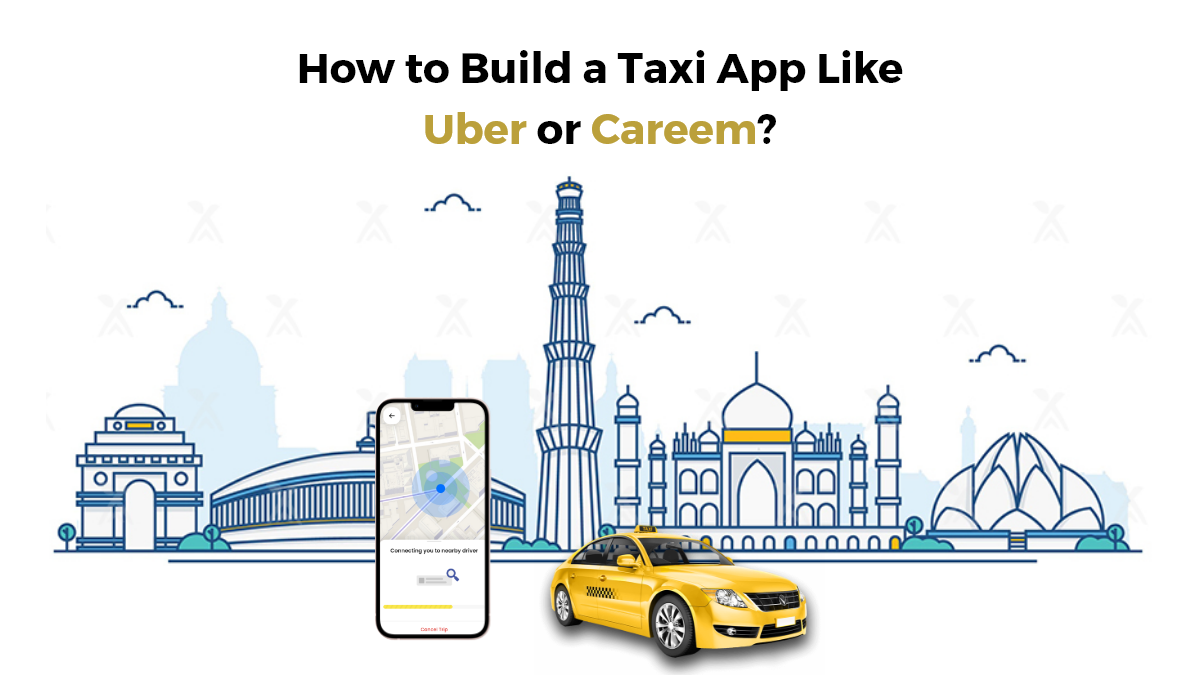
Gone are the days when people used to wave down a taxi on the street or wait for one at the airport. With the advent of technology, people can now book a taxi with just a few taps on their smartphones

Imagine a classroom where history comes alive in the 3D model of historical events. Biology students can explore the unique complexities of a cell as they have practiced it with real-world examples, a
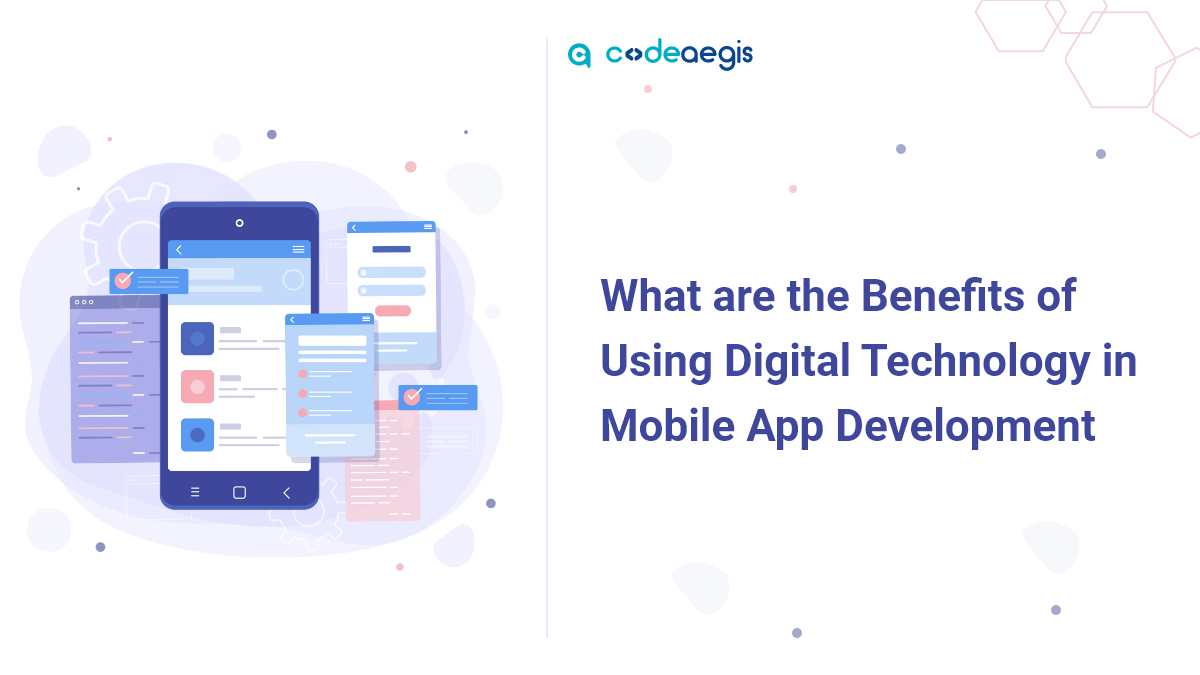
With the ubiquity of smartphones and tablets, it only makes sense that mobile app development - which is the process of creating applications for smartphones and tablet devices - is becoming more popu

The startup space is fast, competitive, and harsh. According to Exploding Topics, about 90% of startups fail. What would be the reason for that? There would be multiple reasons for startup failure, bu

Is your business still relying on off-the-shelf software solutions that don’t efficiently meet your unique business requirements? If your mind instantly says yes, then let’s explore why in

Over the past decades, the healthcare sector has continuously expanded its wings, moving from traditional to advanced technological processes. This evolution is driven by the sector's unwavering commi

The mobile app market has grown to a staggering size, with over 1.8 million apps available in the Google Play Store and Apple App Store combined. Mobile apps have become a necessity for people worldwi

Table of Contents 1. What is ChatGPT? 2. What Are the Top Benefits of ChatGPT? 3. How Does ChatGPT Work? 4. Challenges With ChatGPT 5. ChatGPT and the Future of AI 6. Final Thoug

Having a mobile application is no longer a luxury—it's an essential tool for instantly capturing the market! To stand out in the rental businesses, a company must adopt tech-driven preferences

In the last few years, wearables have become increasingly popular. Fitness trackers, smartwatches, and even smart glasses are becoming more and more commonplace. And as the technology improves and bec

Blockchain technology has been a hot topic recently due to its potential to revolutionize various industries. Blockchain is a distributed ledger technology that ensures transparency, security, and dec

IPTV has established itself as a prominent technology that is gaining traction with its comprehensive platform applications. Unlike traditional methods like satellite, cable, or TV, IPTV has accelera

The rise of online video streaming services has revolutionized the entertainment industry, prompting businesses worldwide to explore the possibility of launching their own platforms. With giants like

If you’re planning to enter the fast-growing fantasy sports market, one of the most critical aspects considered is “What will it cost to build a fantasy sport that stands out and drives t

As blockchain technology continues to evolve, so too does the landscape of projects built on its foundation. The worldwide Blockchain market is predicted to expand at a CAGR of 42.8% (2018-2023), dire

Do you run your own business and want to build an Android app? If yes, you must know about the latest technology trends playing a significant role in the android app development process. Technology i

Nowadays, the financial industry has encountered massive digitization, and mobile apps play a significant role in it. There are a wide variety of money transfer apps available, catering to the needs a

By 2024, we all know that technology will be the future. What excites me the most is that technology has covered all the dimensions of businesses, enabling them to attain their potential and efficienc

It's no secret that the digital world has transformed many aspects of our lives, and it is only going to continue changing in ways we can't even imagine yet. To help businesses keep up with this rapid

The introduction of online payment applications has changed how people perform financial transactions. A mobile phone with a banking app lets you quickly resolve various financial matters. Ta

The launch of Node.js 19 is now available! It substitutes Node.js 18 as the current launch line, with Node.js 18 being encouraged to long-term support (LTS) next week. What do these two launches mean

Things have changed dramatically over the years with new opportunities, techniques, and future advancements. Real estate is the best industry to invest in, though the procedure sometimes irritates. Me

The UAE, and Dubai specifically, has really evolved from just a real estate and tourism market, and is quickly becoming a hub for digital innovation and online commerce. With the continued investment

The healthcare industry is one of the most rapidly changing and growing industries worldwide. Mobile devices and apps have drastically changed how providers and patients interact and communicate.So, i

Hiring a team of remote developers can be a daunting task, but it doesn't have to be. With a little bit of planning and the right approach, you can find the perfect candidates to build your dream prod

Australia is moving towards a big shift at a global level. It is strengthening the ties at the B2B level and becoming a hub for innovation, sustainability, and digital transformation. Backed with a r

Decentralized Finance (DeFi) is a modern and evolving region of finance that is less centralized and more open to innovation and collaboration. DeFi enthusiasts laud its prospect of disrupting convent

Mobile applications play a vital role in the development of multiple businesses in this digital world. Most companies are investing in iOS app development to strengthen their market appearance and dra

Have you ever found yourself in a situation where you desperately needed a product or service but didn't have the time or energy to go out and get it? Well, fear no more because on-demand delivery app

The mobile app market has grown to a staggering size, with over 1.8 million apps available in the Google Play Store and Apple App Store combined. Mobile apps have become a necessity for people worldwi
The beacon technology market was valued at 519.6 million U.S. dollars in 2016, and it was estimated to increase at a CAGR of 59.8% to reach about 56.6 billion U.S. dollars in size in 2026. Throughout

Picture this - a world where business transactions are seamless, secure, and transparent. This might have seemed like a distant dream before the advent of cryptocurrencies and blockchain technology, b

In recent years, the gaming industry has seen a surge in popularity, with many gamers turning to online gaming platforms and console games in order to escape reality. With so many people playing video

The food delivery application has innovative, game-changing features that will transform the industry from the bottom to the top. According to Statista, the online food delivery market in the UAE has

Do you know what digital transformation with AI is and how it can impact your business? Organizations today are under pressure to digitally transform to stay competitive. This digital transformation

If you’re in the healthcare industry, then you know that data privacy and security are of utmost importance. In order to protect patients’ information, the Health Insurance Portability and

Do you want to build a simple app for your business? Do you want to create an app that enhances the experience of users who play games on their smartphones? Whatever your reason, I have created this g
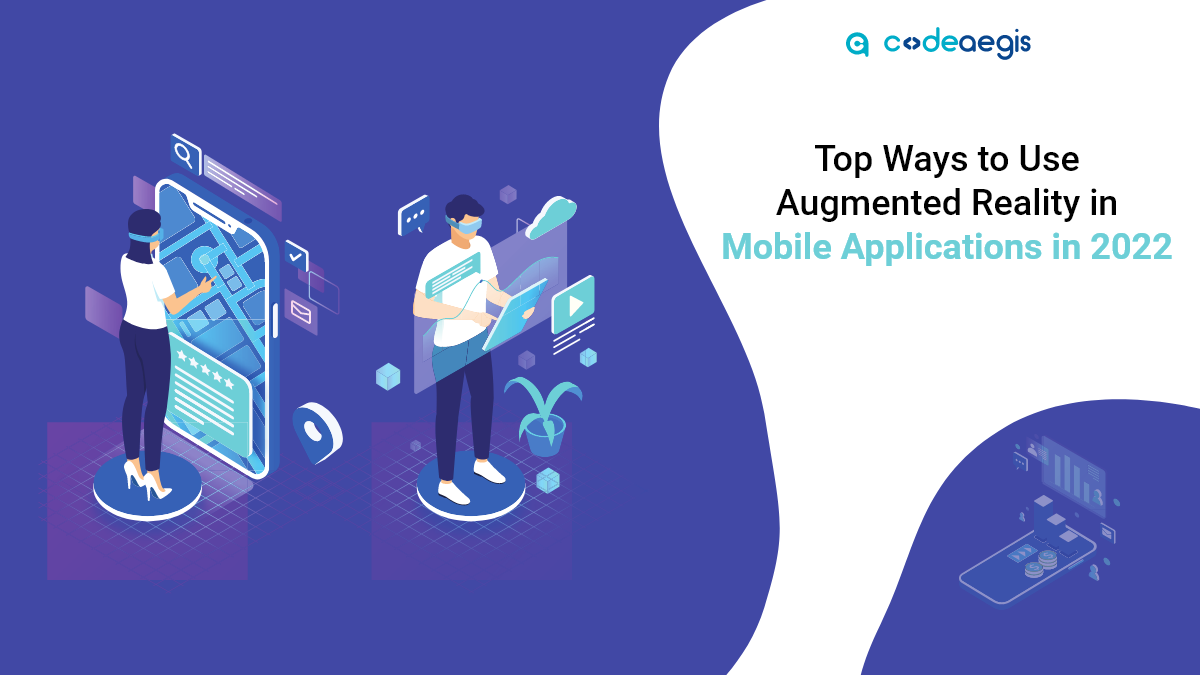
Augmented Reality and Virtual Reality are the two leading buzzwords in the technology era. What began as a completely new, significantly different technology has rapidly revolutionized into something

Mobile app development is quickly becoming a necessity for businesses. As the world becomes increasingly digital, companies of all sizes rely on mobile apps to reach customers and increase customer en

Summary: Car rental apps have become the heart of the business, stimulating growth, efficiency, and customization. They offer updated rental methods to stay relevant with Gen Z and Millennials, who ar

Technology has come a long way in the past decade, and augmented reality (AR) is one of the most exciting development fields. AR technology superimposes digital content into the real world, creating a

Imagine a world where you can speak your thoughts and desires, and the digital realm responds promptly, seamlessly integrating into your daily life. Whether you want to search for information, contro

Did you know that Dubai's prime residential market is projected to experience the world's strongest growth in 2025? The Middle East is buzzing with opportunities, especially in the realm of mobile app

Necessity is the mother of invention origin! Have you ever wondered when an entrepreneur decides to start a business? When demand is high and supply is low, opportunities arise. But there’s mor
Leave a Reply
Your email address will not be publishedDO YOU HAVE ANY PROJECT
Let's Talk About Business Solutions With Us
India Address
57A, 4th Floor, E Block, Sector 63, Noida, Uttar Pradesh 201301
Call Us
+91 853 500 8008
Email ID
[email protected]





.jpg)





